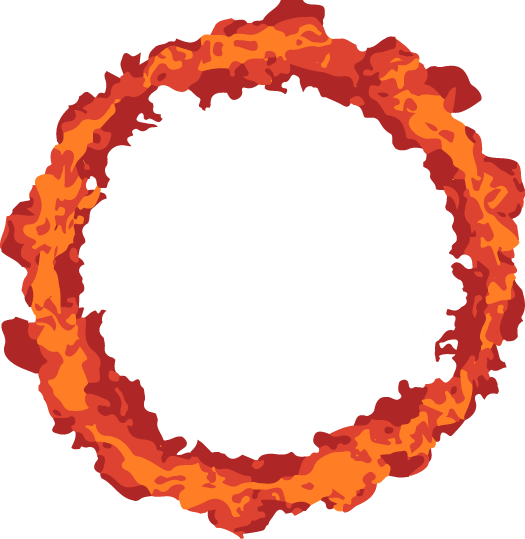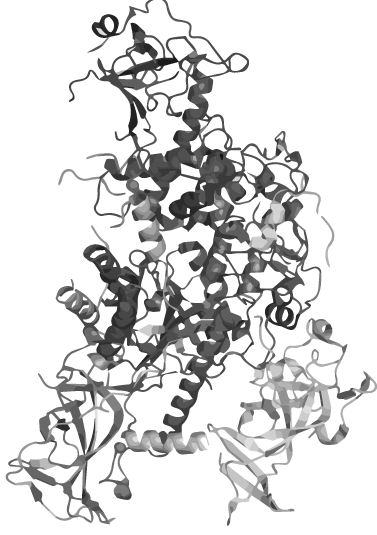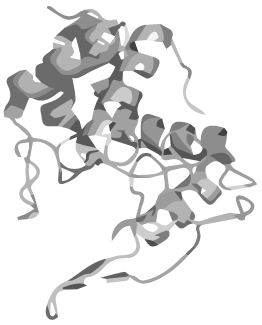Team:Heidelberg/testing/Frontpage
From 2014.igem.org
(Difference between revisions)
| (6 intermediate revisions not shown) | |||
| Line 17: | Line 17: | ||
height:200px; | height:200px; | ||
overflow-y:hidden; | overflow-y:hidden; | ||
| + | margin-bottom:-48px; | ||
} | } | ||
| Line 32: | Line 33: | ||
height:140px; | height:140px; | ||
overflow-y:hidden; | overflow-y:hidden; | ||
| + | margin-bottom:-48px; | ||
} | } | ||
| Line 93: | Line 95: | ||
<div style="position:relative;" class="row"> | <div style="position:relative;" class="row"> | ||
<div class="jumbotron slide grey"> | <div class="jumbotron slide grey"> | ||
| - | + | <div> | |
| - | + | <div class="col-lg-4 col-lg-push-8" style="z-index:5;"> | |
| - | + | <img class="img-responsive" src="/wiki/images/a/a6/Heidelberg_Project_Dnmt1.png" /> | |
| - | + | </div> | |
| - | + | <div class="col-lg-8 col-lg-pull-4"> | |
| - | + | <h1 class="dark-grey-text" style="text-align: right;"><span style="font-size: 0.8em;">circular <span class="red-text">heat-stable</span></span><br>DNMT1</h1> | |
| - | + | <p>Wouldn´t it be great to amplify DNA in a normal PCR maintaining the epigenetic information coded in methylation patterns?</p> | |
| - | + | <p>The problem: DNMT I, an enzyme which is responsible for the establishment and maintenance of the individual methylation pattern of different cell types, is not heat stable. | |
| - | + | For iGEM 2014 we therefore create a PCR 2.0 with heat-stable DNMT I by circularization. | |
| - | + | </p> | |
| - | + | </div> | |
| - | + | <div class="clearfix"></div> | |
| - | + | </div> | |
| - | + | <div class="title-wrapper-dnmt1" style="color:white; margin-top: -45px; float:left;"> | |
<span class="title-dnmt1">PCR 2.0</span> | <span class="title-dnmt1">PCR 2.0</span> | ||
<span class="special-span-dnmt1"></span> | <span class="special-span-dnmt1"></span> | ||
| + | </div> | ||
| + | <div class="clearfix"></div> | ||
| + | <div class="arrow arrow-left"></div> | ||
</div> | </div> | ||
</div> | </div> | ||
<div style="position:relative;" class="row"> | <div style="position:relative;" class="row"> | ||
<div class="jumbotron slide red"> | <div class="jumbotron slide red"> | ||
| - | + | <div> | |
| - | + | <div class="col-lg-4" style="z-index:5;"> | |
| - | <div style=" | + | <img class="img-responsive" src="/wiki/images/8/82/Heidelberg_Project_Xylanase.png" /> |
| + | </div> | ||
| + | <div class="col-lg-8"> | ||
| + | <h1 style="text-align: right; color: black; padding-right: 130px;" ><span style="font-size: 0.8em;">circular <span style="color:white;">heat-stable</span></span><br><span style="font-size:1.3em;">Xylanase</span></h1> | ||
| + | <p>Xylanase is an important enzyme for the pulp and paper industry.</p> | ||
| + | <p>Bla bla</p> | ||
| + | <p>In future Xylanase could be used for the production of biofuel.</p> | ||
| + | </div> | ||
| + | <div class="clearfix"></div> | ||
| + | </div> | ||
| + | <div class="title-wrapper-xylanase" style="text-align: right; color:white;"> | ||
| + | <span class="title-xylanase">INDUSTRY</span> | ||
| + | <span class="special-span-xylanase"></span> | ||
| + | </div> | ||
| + | <div class="arrow arrow-left"></div> | ||
</div> | </div> | ||
| - | + | </div> | |
| - | + | <div class="row"> | |
| - | + | <div class="jumbotron slide dark-grey" style="color:white;"> | |
| - | + | <div> | |
| - | + | <div class="col-lg-4 col-lg-push-8" style="z-index:5;"> | |
| - | + | <img class="img-responsive" src="/wiki/images/d/df/Heidelberg_Lysozyme.png" /> | |
| - | + | </div> | |
| - | + | <div class="col-lg-8 col-lg-pull-4"> | |
| - | + | <h1 style="text-align: left;" ><span style="font-size:1.3em;">LINK it!</span></h1> | |
| - | + | <p>Could every protein becomes heat stable by circularization even if it´s the complexest of all?</p> | |
| - | + | <p>Circularization is a narrow path between heat-stability and loss of function due to deformation. We developed a linker software, which predict the most suitable linker depending on the folding structure of every protein.</p> | |
| - | + | </div> | |
| + | <div class="col-lg-12"> | ||
| + | <p>In an extensive linker screening our software was improved and calibrated using the lambda phage lysozyme.</p> | ||
| + | </div> | ||
| + | <div class="clearfix"></div> | ||
| + | </div> | ||
| + | <div class="arrow arrow-left"></div> | ||
</div> | </div> | ||
</div> | </div> | ||
<div class="row"> | <div class="row"> | ||
| - | <div class="jumbotron slide | + | <div class="jumbotron slide grey" style="color:white;"> |
| - | <h1> | + | <div> |
| - | + | <div class="col-lg-2 col-lg-push-10" style="z-index:5a;"> | |
| - | + | <img class="img-responsive" src="/wiki/images/d/df/Heidelberg_Lysozyme.png" /> | |
| - | + | </div> | |
| + | <div class="col-lg-8 col-lg-pull-4"> | ||
| + | <h1 style="text-align: left;" ><span style="font-size:1.3em;">CALCULATE it!</span></h1> | ||
| + | <p>After calculating eleven days and the breakdown of both computational and mental power we decided to spread the modeling of the linkers.</p> | ||
| + | </div> | ||
| + | <div class="col-lg-9"> | ||
| + | <p>The iGEM Team Heidelberg developed <a href="/Team:Heidelberg/">iGEM@home</a>, a software to divide extensive computing task into many packages and to distribute them to many computers. Now over 1.000 volunteers are calculating for us when their are idle.</p> | ||
| + | <p>As a new tool for the iGEM community this system enables every student team to archieve their modeling without access to big server farms.</p> | ||
| + | </div> | ||
| + | <div class="col-lg-3"> | ||
| + | <img class="img-responsive" src="/wiki/images/d/df/Heidelberg_Lysozyme.png" /> | ||
| + | </div> | ||
| + | <div class="clearfix"></div> | ||
| + | </div> | ||
| + | <div class="arrow arrow-left"></div> | ||
</div> | </div> | ||
</div> | </div> | ||
Latest revision as of 14:16, 9 October 2014
 "
"




